KEEP UP WITH OUR DAILY AND WEEKLY NEWSLETTERS
PRODUCT LIBRARY
designboom is presenting the sound machines of love hultén at sónar festival in barcelona this june!
connections: 74
with behemoth installations, scandinavia's largest exhibition of anish kapoor's works opens at ARKEN museum.
connections: +390
a powerful symbol of the house’s cultural heritage, the jockey silk with colorful geometric motifs is an inspiration for leather goods and textiles.
connections: +670
we're getting ready for the pre-opening launching today until friday, with public access scheduled for the 20th.
connections: 13
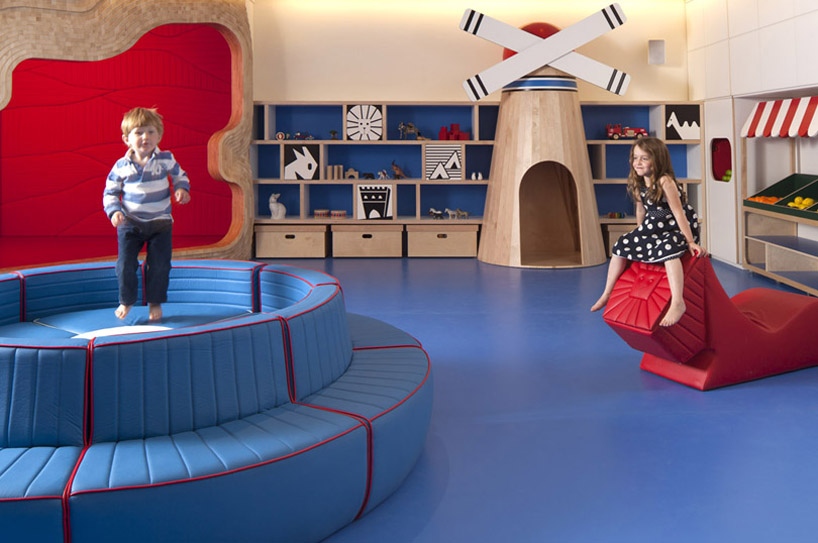
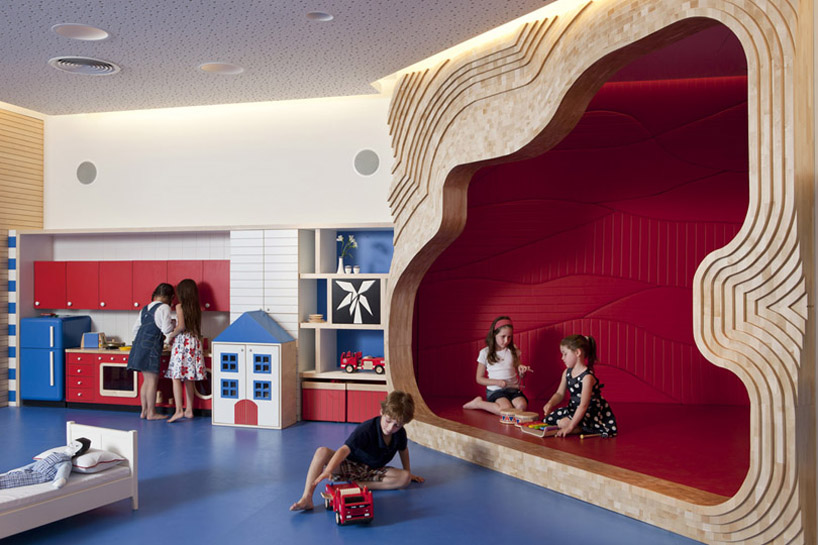 view of play area
view of play area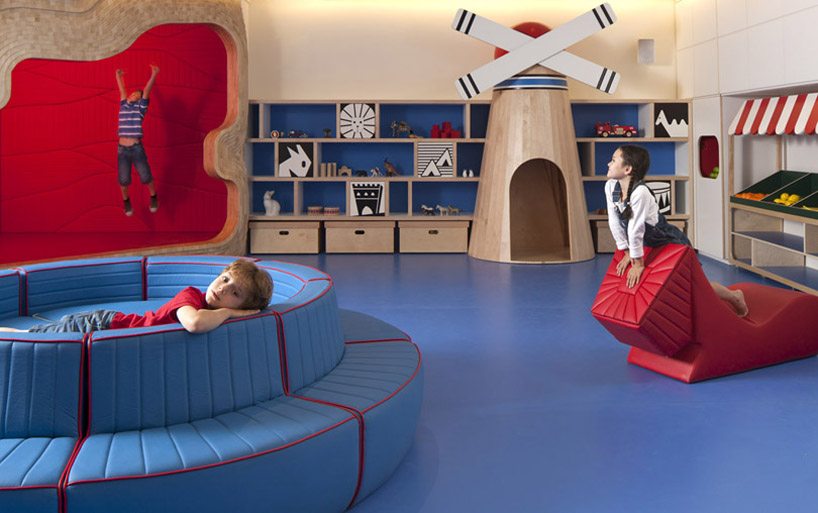 Activity Space for Children by sarit shani hay
Activity Space for Children by sarit shani hay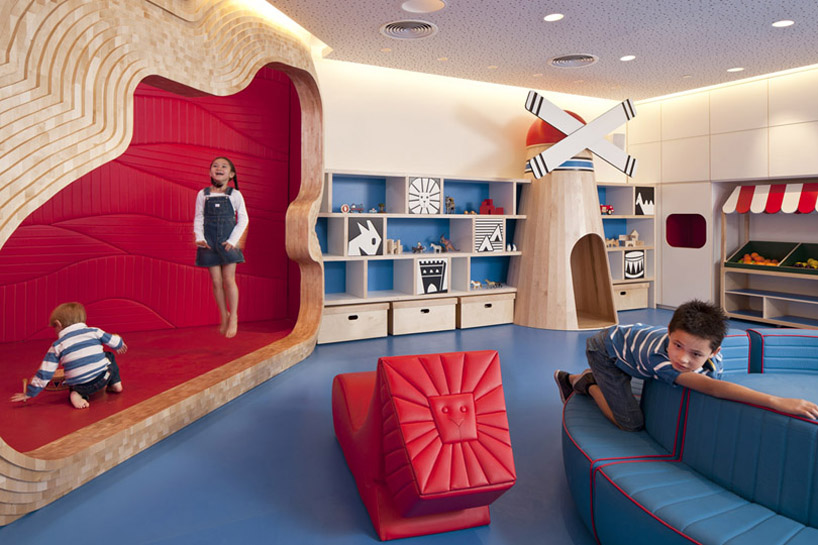 Activity Space for Children by sarit shani hay
Activity Space for Children by sarit shani hay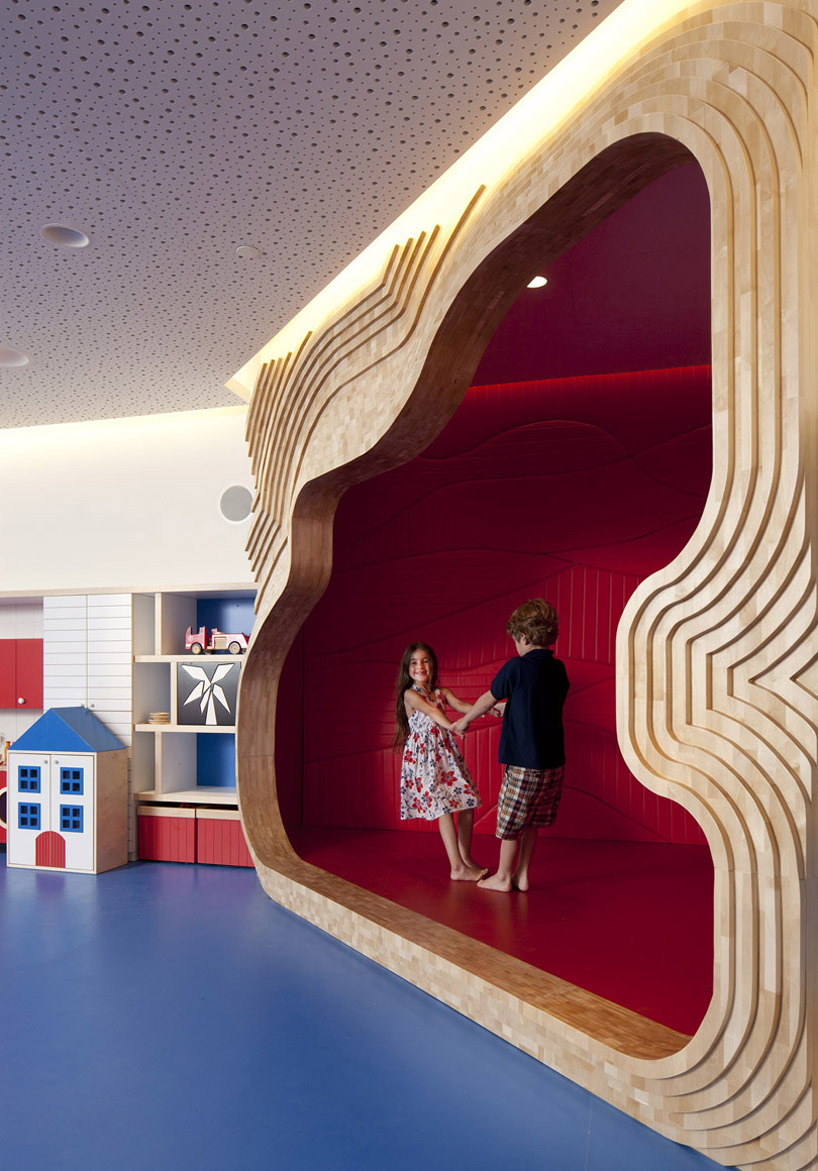 The Cave In the corner of the room is a sculptural cave which may be experienced in diverse manners
The Cave In the corner of the room is a sculptural cave which may be experienced in diverse manners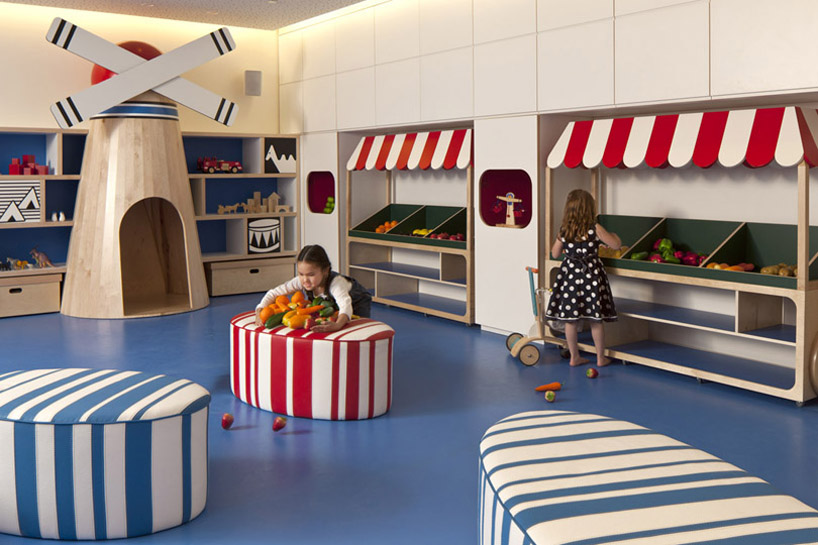 Two market trolleys with wooden wheels, filled with colorful fruits and vegetables
Two market trolleys with wooden wheels, filled with colorful fruits and vegetables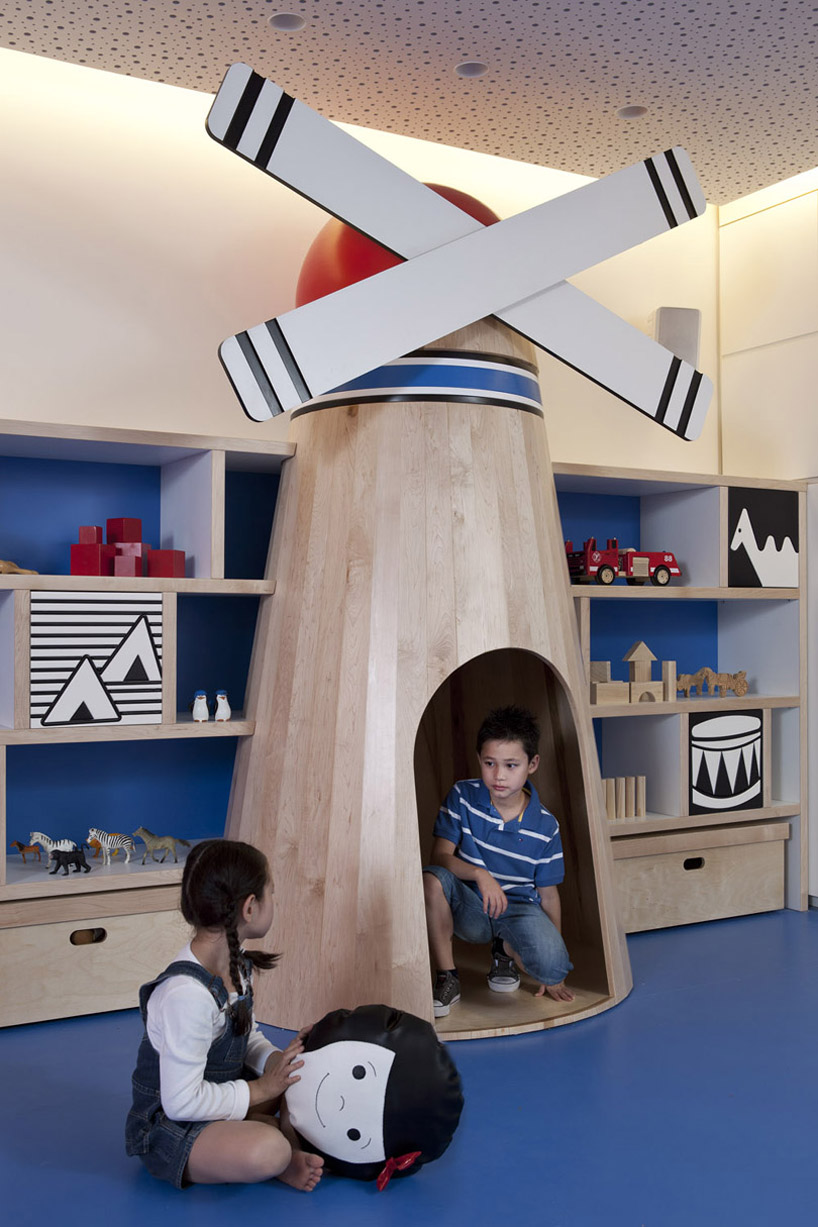 The Windmill A sculptural object made of hollow plywood boards
The Windmill A sculptural object made of hollow plywood boards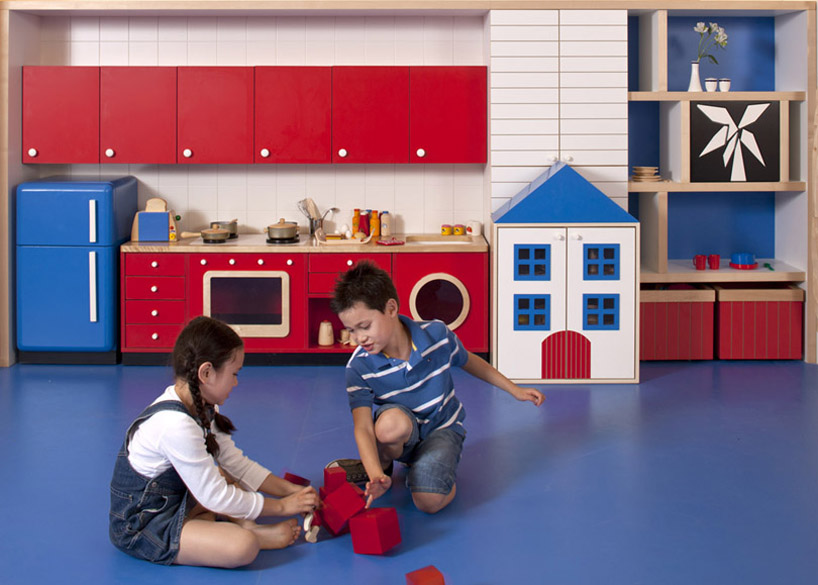 make belief games- kitchen equipped with a refrigerator
make belief games- kitchen equipped with a refrigerator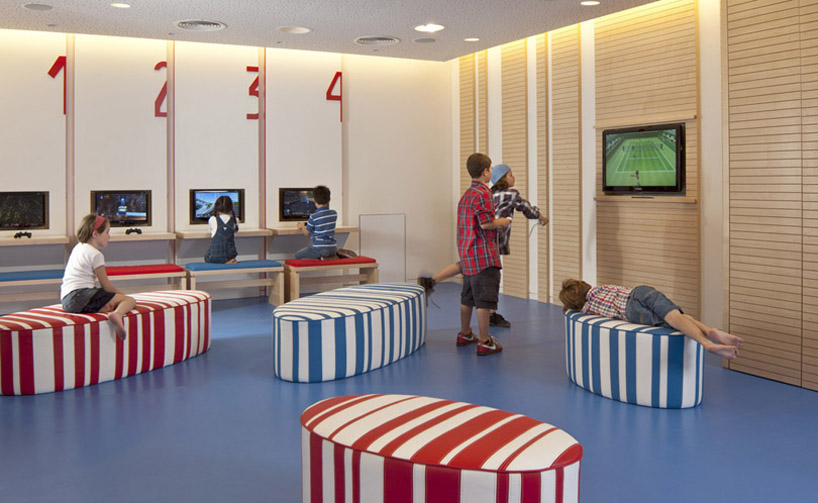 The Youth Space
The Youth Space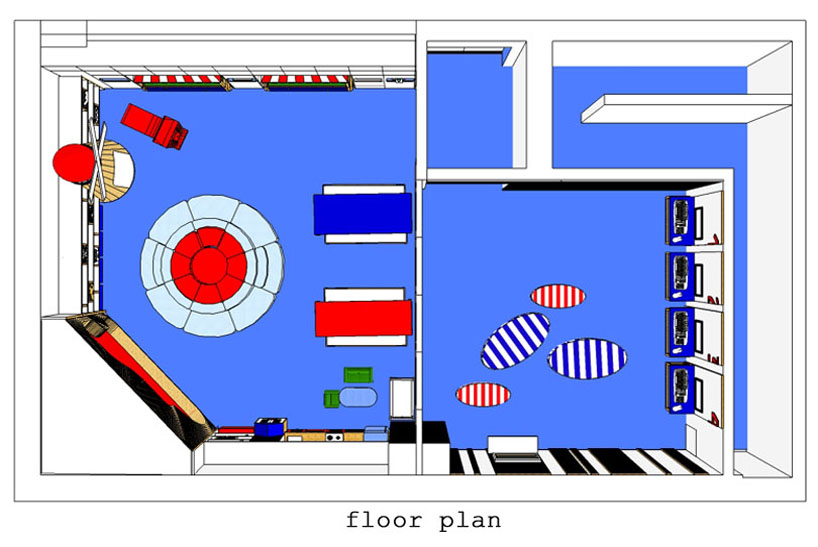 floor plan-Activity Space for Children
floor plan-Activity Space for Children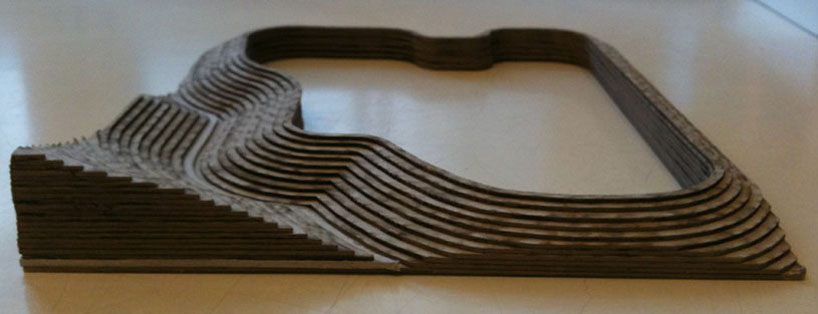 cave facade model
cave facade model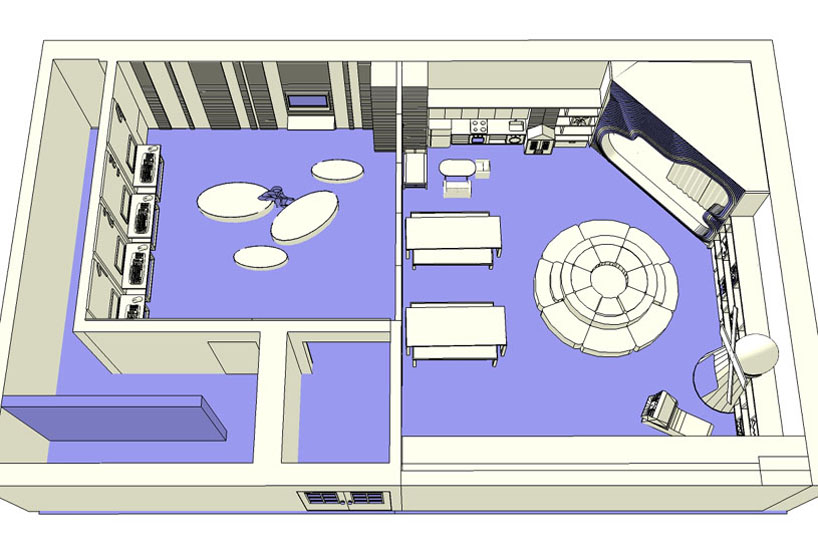 3d floor plan – activity space for children
3d floor plan – activity space for children


